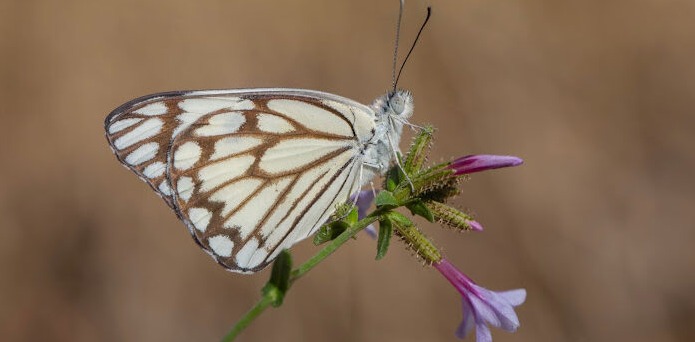The White Butterfly Phenomenon in Kenyan Sky

- An extraordinary event has captured the attention of many in Kenya recently, as specific regions witnessed a stunning transformation of the skies into a white canvas.
- This unusual occurrence can be attributed to an uncommon gathering of white butterflies, leaving both awe and curiosity in its wake.
People across the country are now questioning the nature and implications of this phenomenon. While some appreciate the beauty of the sight, others express concerns about potential damage to crops and even delays for vehicles on the road.
Dr. Muo Kasina, Chairman of the Association of Kenyan Entomologists, sheds light on the migration of these white butterflies, scientifically known as Belenois aurota. The butterflies, commonly known as Caper white butterflies, are currently in flight across the country as part of their regular annual migration. According to Dr. Kasina, this migration is not an isolated incident, but a usual occurrence observed in South Asia and Africa.
Understanding the Caper Butterfly Life Cycle
To comprehend the migration patterns of the Caper white butterflies, it is crucial to understand their life cycle. As explained by Dr. Kasina, these butterflies follow a specific life cycle. It starts with the laying of eggs, which then transform into larvae or caterpillars. The larvae mature into pupae within two to three weeks, and eventually emerge as fully formed butterflies or moths in mid-Spring. The entire process of egg to adult takes about three to six weeks.
Dr. Kasina also notes that the increase in the number of these butterflies can be attributed to global warming. The extended warm season resulting from climate change allows for more breeding, leading to additional offspring and intensifying the frequency and visibility of their migration.
Additionally, the butterflies tend to avoid flying in the rain, so the lack of rain aids their migration.
Migration Patterns of White Butterflies
There has been a noticeable shift in the migration patterns of white butterflies, as they are now drawn towards built environments, roads, and farmlands. This phenomenon can be attributed to the delicate nature of the butterflies and the ease with which they can be carried by even the slightest breeze. Unlike moths, which are primarily active at night, Caper whites are diurnal, meaning they can be seen flying during the day.
It is important to clarify that these butterflies are considered local or indigenous, as their migration is an internal movement within the country’s borders. This dispels any notion that the presence of these white butterflies indicates the beginning of a drought. According to Dr. Kasina, this is merely a migration pattern and not a cause for alarm.
The Role and Impact of White Caper Butterflies
Concerns about the impact of these white butterflies on crops have been addressed by Dr. Kasina, who reassures the public that the population of these butterflies poses no threat. In fact, butterflies play a significant role in pollination, which is crucial for plant reproduction. The passage of pollen grains from the male to female parts of a flower is facilitated by butterflies and stimulates the growth and development of plants.
Related Post: Brave Couple Survives Ferocious Lion Encounter in Isiolo Forest
Furthermore, Dr. Kasina urges the public to refrain from using pesticides that could harm the butterfly population. He emphasizes the importance of preserving butterfly habitats by minimizing tree cutting and advocating for environmental conservation efforts. This not only ensures the survival of these beautiful creatures but also maintains a balanced ecosystem.
In conclusion, the phenomenon of white butterflies in the Kenyan skies is a regular annual migration of Caper white butterflies. This natural event demonstrates the resilience and adaptability of these insects in the face of climate change. Understanding the life cycle, migration patterns, and role of white butterflies is key to appreciating their beauty and protecting their habitats. By fostering a harmonious coexistence with these creatures, we contribute to the preservation of our environment and its intricate balance.



